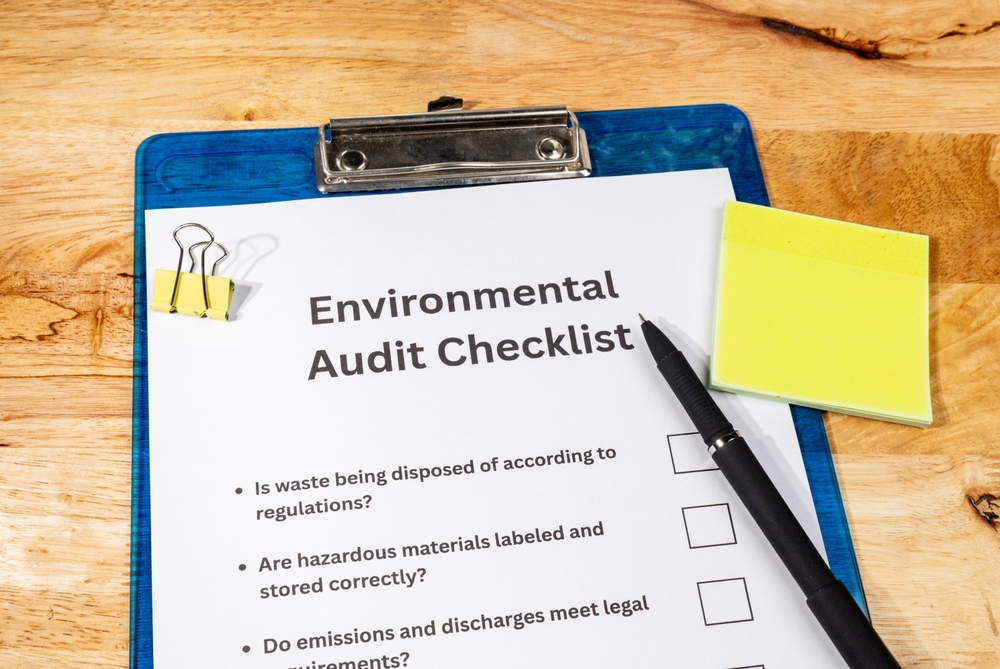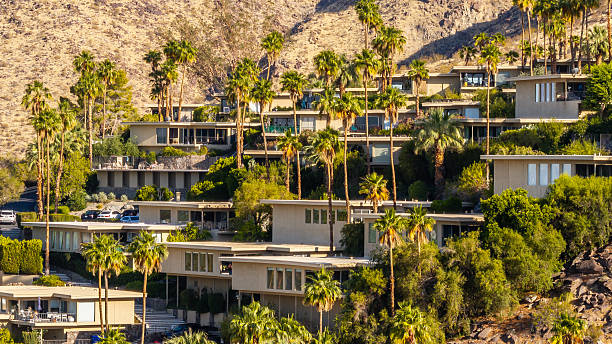A Push to Rethink How California Builds
California’s business community is tired of waiting. After years of delays caused by lengthy environmental reviews, some of the state’s most influential business leaders have decided enough is enough.
This week, the California Chamber of Commerce announced a new ballot initiative that could rewrite how projects are reviewed under the California Environmental Quality Act (CEQA) — a law that’s been both celebrated for protecting the environment and criticized for stalling essential housing and infrastructure.
If approved, the proposal would set strict deadlines for environmental reviews — often capping them at 365 days for projects considered essential, such as affordable housing, clean energy, and wildfire-resilient infrastructure.
At first glance, this might sound like another bureaucratic shuffle. But in reality, it could mark one of the most significant shifts in California’s development process in decades. And for real estate developers, investors, and consulting firms like ours, it’s a signal that the state’s approach to progress may finally be catching up to its ambitions.
CEQA: The Law That Built and Broke California
To understand why this initiative matters, we have to start with CEQA itself.
The California Environmental Quality Act, passed in 1970, was designed to ensure that projects — from apartment complexes to freeways — undergo a careful environmental review before breaking ground. It’s a noble goal, and CEQA has helped prevent harmful projects and forced developers to consider air quality, wildlife, and water impacts.
But over time, the process has become cumbersome.
-
Reviews can take years, sometimes over five for large developments.
-
Lawsuits filed under CEQA often delay projects indefinitely.
-
Even projects that align with sustainability goals — like dense housing near transit — face the same hurdles as those that don’t.
In short, CEQA’s intent to safeguard the environment has, in many cases, become a tool for obstruction, not protection.
Developers call it “death by paperwork.” Cities see it as a planning bottleneck. And investors see it as risk — the kind that discourages innovation and drives up costs.

Why the Chamber’s Proposal Matters
The Chamber’s plan isn’t a full repeal. It’s a reset.
Under the proposed initiative:
-
Environmental reviews for “essential projects” must be completed within 365 days.
-
Courts would be limited in granting injunctions that halt such projects.
-
The definition of “essential” covers housing, energy, and wildfire prevention — three of California’s most urgent priorities.
It’s not hard to see the motivation. The state faces a housing shortage of over 2 million units, recurring wildfires, and an infrastructure system under strain. Meanwhile, projects get stuck in legal limbo because environmental reviews take too long or are challenged by groups opposing development near their neighborhoods.
As consulting professionals, we’ve seen this firsthand — where a city’s own sustainability plan gets stalled by the very environmental review process meant to protect it.
Why This Could Be a Turning Point
If passed, this initiative could mark a fundamental shift in California’s growth model.
For decades, the balance has leaned heavily toward caution. Every new project was treated as a potential threat to the environment. Now, the mindset seems to be changing: protecting the environment through smarter, faster, and greener building — not by avoiding it.
This shift aligns with what many planners and consultants have been saying for years:
The path to sustainability isn’t about saying “no” to development. It’s about saying “yes” more efficiently.
A streamlined CEQA could:
-
Shorten project timelines for developers and investors.
-
Lower holding costs and financing risks.
-
Encourage more infill housing in urban areas, reducing suburban sprawl.
-
Support renewable energy infrastructure that often gets delayed by complex approvals.
From JDJ’s perspective, this would mean a more predictable environment for clients navigating entitlements, permitting, and feasibility in California’s most competitive markets.
The Political Climate: Momentum for Reform
Governor Gavin Newsom and state lawmakers have already taken steps toward loosening CEQA restrictions, especially for urban housing projects. The Chamber’s proposal builds on that momentum but takes it further — embedding deadlines directly into law.
Critics argue that this could weaken environmental protections or limit community input. That’s a valid concern. But it’s also worth noting that California’s current system doesn’t always serve the environment effectively either.
Many CEQA lawsuits are filed by competing developers or neighborhood associations, not environmental groups. The result? A gridlocked system where even climate-friendly projects are delayed in the name of environmentalism.
The Chamber’s proposal doesn’t erase oversight — it enforces discipline. It demands that state agencies deliver reviews in a timely, transparent way. In that sense, it’s not anti-environment. It’s pro-efficiency.
A Developer’s Dilemma: Speed vs. Scrutiny
Let’s be honest — not everyone is cheering.
Environmental advocates fear that shorter timelines could lead to rushed reviews and weakened accountability. They argue that California’s natural beauty, biodiversity, and coastline deserve the strongest protections possible.
Developers, meanwhile, see it differently.
-
Every month of delay adds cost.
-
Every lawsuit pushes projects further out of financial reach.
-
And every stalled review discourages investment in the very sectors California wants to lead — housing and clean energy.
The challenge is finding balance. And that’s where consultants, planners, and compliance experts play a key role — helping bridge regulatory goals with practical execution.
At JDJ Consulting Group, we often describe our work as translating policy into progress. The rules matter — but so does momentum. California can’t meet its housing or climate targets if progress moves at the speed of a legal brief.
The Bigger Picture: Why This Affects Everyone
This isn’t just about developers or policymakers. It’s about how Californians live and work.
When housing projects stall, prices rise. When clean-energy infrastructure gets delayed, power grids strain under heat waves. Likewise, when wildfire mitigation takes too long, communities remain vulnerable.
The ripple effects extend beyond the construction industry. They shape:
-
Economic competitiveness: Businesses reconsider expansion when projects face unpredictable timelines.
-
Talent retention: Workers leave the state when housing remains unaffordable.
-
Sustainability goals: Renewable energy projects can’t scale without faster permitting.
If California wants to remain a global leader in innovation and sustainability, it must also become a leader in execution.
Lessons for Developers and Investors
If you’re a developer, investor, or builder watching this unfold, here’s what to keep in mind:
-
Stay ahead of the reform curve.
Track updates on the Chamber’s ballot measure. If deadlines are enacted, project planning and entitlement strategies will need to adapt quickly. -
Invest in pre-development expertise.
Faster reviews mean less margin for error. Strong due diligence, environmental documentation, and early stakeholder engagement will become more critical than ever. -
Leverage data and technology.
Digital permitting, GIS mapping, and automated compliance tools can help teams meet tighter deadlines without sacrificing quality. -
Build relationships with local agencies.
Collaboration, not confrontation, will drive success in this new environment. Understanding local processes and aligning early can save months. -
Consult strategically.
Firms like JDJ Consulting Group specialize in aligning development goals with California’s evolving regulatory framework. With changes on the horizon, strategic advisory support can help projects stay compliant — and competitive.

What We Think: A Necessary Course Correction
As consultants who work at the intersection of policy, planning, and progress, we believe this proposal represents a necessary course correction.
California’s environmental vision is admirable. But good intentions don’t house families or power cities. The future demands faster, smarter, and greener development — not endless review cycles.
That doesn’t mean ignoring environmental concerns. It means addressing them with modern efficiency, not outdated paperwork. It’s about building resilient communities faster, while still safeguarding what makes California unique.
If done right, this reform could help the state pivot from gridlock to growth — a model where environmental responsibility and development timelines finally coexist.
The Road Ahead
The ballot initiative still faces a long road. It must gather signatures, qualify for the November 2026 ballot, and then convince voters that faster environmental reviews won’t mean weaker protections.
The debate will be heated — pitting business coalitions and construction unions against environmental organizations and some local governments. But one thing is clear: the conversation has begun.
And that’s progress in itself.
For consulting professionals, developers, and investors, this is the time to prepare — to understand where the law is heading and what new opportunities it might unlock. Because once reform arrives, the projects that succeed will be those ready to move at California’s new pace.
Final Thoughts
California has always walked a fine line between progress and preservation. For decades, CEQA has been both a badge of honor and a bureaucratic burden. The Chamber’s proposal challenges the state to evolve — to protect the planet while empowering the people who build its future.
At JDJ Consulting Group, we see this as more than a policy story. It’s a moment of reflection for every builder, planner, and decision-maker shaping California’s landscape.
Because the real question isn’t whether environmental laws should change — it’s whether California can afford not to change them.






